Drifter Buoy 'Army' Patrols the Oceans
Insignificant on their own, but approximately 1,000 of them patrol the world's oceans to record key data for climate monitoring and research.
In an era where 2-3 ton satellites that live 10 to 15 years collect millions of observations every day, the much smaller and shorter-lived drifting buoy, or "drifter," may seem like a lightweight—or even a relic. Each drifter is less than 22 feet long, tips the scales at no more than 100 pounds, and lives just 450 days on average.
"Because the drifters provide a ground-truth of currents, they are great for combining with satellite observations to study climate-scale problems," said Rick Lumpkin, director of NOAA's Global Drifter Program, which maintains the fleet of buoys and manages the processing and distribution of the data they collect.
Modern-day message in a bottle
Although most drifters start their journeys with a crude send-off—usually heaved into the ocean from the stern of a moving ship—Lumpkin describes today's drifting buoy as "a high-tech message in a bottle." But instead of taking months or years to carry a handwritten letter across the ocean, a drifter beams data into space. Roughly every hour, a satellite passing overhead relays the observations back to Earth.
Each drifter consists of a surface buoy and an underwater drogue attached by a long, thin tether. The buoy is where the thermometer, pressure sensors, batteries and other electronics are. The drogue is an anchor, a cylinder of four to seven sections, with a large hole through the center of each section giving the drogue a holey-sock look .
The evolving drifter
The modern drifter is a relatively lean instrument—44 pounds with 16-foot drogues—costing around $1,700 each. The first drifters were heavier (100 pounds) with longer drogues (21 feet), and they cost almost three times as much. In fact, the $5,000 price tag was enough to compel Lumpkin to personally chase down one that ran aground along the shore of a Hawaiian island in 1996.
Critical data for tracking climate, weather and more
Drifters provide essential sea-surface temperature and ocean current data used by climate models. Their observations are especially helpful for tracking the impact of El Niño and La Niña on global ocean currents. From time to time, NOAA deploys drifters in front of hurricanes to improve forecasts and investigate how the ocean and atmosphere interact within and around the storm. They also helped predict where currents in the Gulf of Mexico would carry oil after the Deepwater Horizon oil spill in 2010.
Drifters are invaluable for ocean research and monitoring, but all good things must come to an end; the life of a drifter is no exception. The large majority of drifters die when their batteries run out. Some run aground. The remaining few get picked up by boaters, or suffer a more traumatic end such as being hit by a ship.
Drifter Buoys: Photos courtesy of NOAA

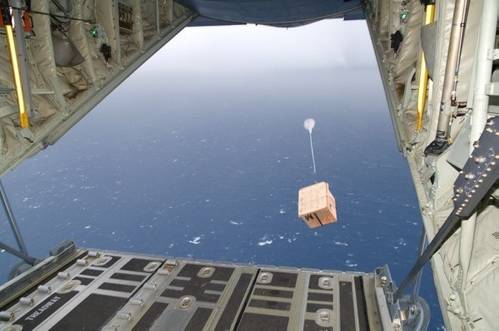
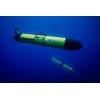
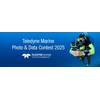

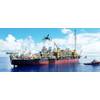
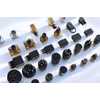







 February 2025
February 2025



